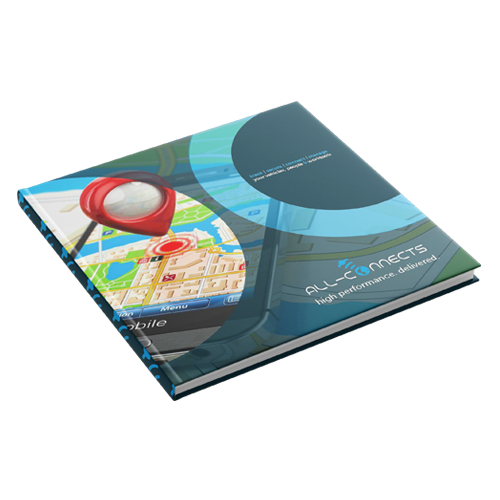| December 2023
In the dynamic world of the heavy equipment rental industry, entrepreneurs are constantly overcoming unique challenges. Whether it's excavators, bulldozers, or cranes, this industry requires a special set of skills and strategies to operate successfully. In this blog, we identify 5 key stumbling blocks, and also immediately provide a workable solution as an appropriate response:
Rental companies still often use manual methods such as Excel spreadsheets, for example. The lack of seamless automated integration between business processes makes it difficult to increase the availability, utilization rate and sustainability of rental fleets.
Use an end-to-end software management system that covers all process steps. This is the best way to manage complex rental processes, and you put the latest technology to track the entire lifecycle of your rental fleet in one central location.
Business owners in the rental industry have to spend a lot of money on the purchase of new equipment as well as maintenance, which puts considerable strain on the company's assets. There can also be hidden costs when equipment breaks down. If a company does not have proper maintenance and warranty operations in place, they will undoubtedly face rising service costs and an unanticipated, shortened asset life. Moreover, resources and teams are not always deployed efficiently, missing opportunities to increase revenue. Finding ways to reduce these operating costs must be a key priority to maintain financial health.
Get a grip on your costs thanks to an operational efficiency and accurate ordering system. Implement a track & trace equipment management system that allows you to automate procedures and use a preventive maintenance plan to reduce downtime costs. A dashboard gives you a 360° overview of all your rental activities and the operational status of your rental equipment.
To stay ahead in a highly contested rental market where customers expect a certain basic standard, rental companies must continue to innovate and use new technology usefully to run their operations as efficiently and effectively as possible. It requires smart planning to ensure that customers are always satisfied.
Exceed your customer's expectations with a professional approach. Customers today expect a seamless user experience. Meeting this demand requires the integration of processes and a comprehensive 360° view of your rental equipment. Achieving success requires establishing comprehensive service and maintenance processes that can significantly extend the overall life of equipment while efficiently managing sustainability initiatives.
A well-functioning reservation system, coupled with predictive maintenance scheduling, is necessary to minimize the danger of double bookings or unexpected equipment breakdowns - with dissatisfied customers. A lower level of customer service has a direct effect on a company's profitability. There are numerous factors that can impact equipment availability. Consider, for example, moving and making equipment available between different construction sites or large geographic regions. Manual monitoring is tricky in this scenario, and carries the risk of incorrect data entry and errors, making it a hopeless task to monitor all equipment correctly.
Take advantage of a software solution that collects all essential data from all your company's assets in 1 central location, providing the insights and tracking capabilities necessary to manage your equipment 24/7. By doing so, you can consistently monitor an asset's status, such as specific equipment details and values, serial data and internal order numbers. Moreover, it can also provide additional data, such as location, movement, usage and precise facts about the rental status of the asset.
Calculating the total cost of ownership (TCO) for each business asset and understanding the return on investment (ROI) of the asset or an overall project is critical in measuring the effectiveness of your financial strategy. Knowing when costs exceed returns allows you to make the right decision: keep the asset after all, or replace it or not. If you fail to consider long-term consequences and make decisions without relying on evidence-based data, it can ultimately be detrimental to your business.
Based on all the "big data" collected in the management system, advanced analytics and comprehensive financial reports are generated. They provide in-depth insights and reveal patterns and trends for a nuanced understanding of equipment performance. By using this integrated reporting approach, companies have a powerful toolset for informed decision-making, resource allocation and financial policy optimization within the competitive sphere of equipment rental.
Have this blog answered your questions, and would you like to learn more about the cost or spar with us about the right application for your business? Then contact us directly by phone 03 289 55 35 or click here to ask for more info or book a consultation.
Also read our other blogs on tracking and monitoring corporate assets:
After reading this blog, are you curious about which tracking and digital solutions All-Connects offers? Ask us your question and we will answer you as soon as possible.
